





Nb shop to Shopify
Migrating your store from Nb shop to Shopify might seem daunting, but with proper planning and the right tools, it's a smooth process. Follow this step-by-step guide to ensure a successful transition.
Schedule a call
Step-by-Step Migration Guide: NB SHOP to Shopify migration guide
Step 1: Preparing Your NB SHOP Store for Migration
In this initial step, we will focus on gathering all necessary data and preparing your NB SHOP store for migration to Shopify.
Step 2: Setting Up Your Shopify Store
This step involves creating your Shopify account and configuring the initial settings for your new store.
Step 3: Importing Data into Shopify
In this step, we will focus on importing your previously backed-up data into Shopify.
Step 4: Configuring Storefront and Theme
Customize your Shopify storefront by selecting and configuring a theme that aligns with your brand.
Step 5: Setting Up Apps and Integrations
In this step, we will integrate essential apps that enhance your Shopify store's functionality.
Step 6: Testing Your Shopify Store
Before going live, it's crucial to test your Shopify store to ensure everything functions correctly.
Step 7: Launching Your Shopify Store
In this final step, we will officially launch your Shopify store and redirect traffic from NB SHOP.
Power Your Step - Get in Touch
Ready to elevate your ecommerce experience? Contact PowerCommerce for expert migration support!
Step 1: Preparing Your NB SHOP Store for Migration
Before we initiate the migration process from NB SHOP to Shopify, it is crucial to ensure that your current store is fully prepared. This step lays the foundation for a seamless transition, minimizing the risk of data loss and ensuring that everything is set up correctly on the Shopify platform. Our objective here is to meticulously audit your existing store's data, including products, customers, orders, and any custom configurations.
We will start by creating a comprehensive backup of your NB SHOP data. This is essential for safeguarding your information during the migration process. Next, we will review the current store setup, identifying any unique features or applications that you utilize, which may need to be replicated or replaced in Shopify. This phase is critical, as it helps mitigate potential issues that could arise during migration.
- Log in to your NB SHOP dashboard.
- Navigate to the data export section and select the types of data you wish to back up:
- Products
- Customers
- Orders
- Site content (pages, blog posts)
- Export the data in CSV format to your local machine.
- Document any current customizations or integrations used in your NB SHOP that need to be addressed post-migration.
- Verify that all necessary data is successfully exported and stored securely.
By completing this preparation step, we ensure that all essential data is backed up and ready for transition. This diligence not only protects your information but also facilitates an organized migration to the Shopify platform.
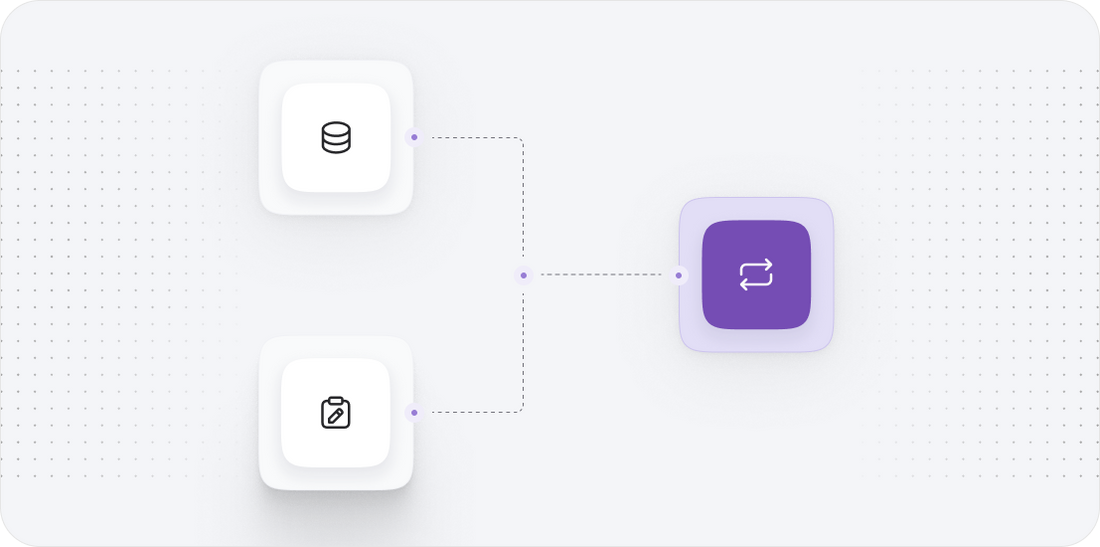
Step 2: Setting Up Your Shopify Store
With your data backed up and your current NB SHOP setup documented, the next step is to create your Shopify store. This process is straightforward and can be completed quickly, allowing for rapid setup of your ecommerce platform.
To begin, visit the Shopify website and click on the 'Start Free Trial' button. Fill in the required information to create your account. Once your account is created, you'll enter the Shopify admin dashboard, where you can begin customizing your store.
- Choose a unique store name that reflects your brand.
- Set up your store's basic information by navigating to Settings → General:
- Enter your business address, which will reflect on invoices and shipping labels.
- Configure your store's currency based on your target market.
- Next, set up your payment gateways under Settings → Payments. Make sure to select options that were available in NB SHOP, such as:
- PayPal
- Stripe
- Credit card payments
- Configure your shipping settings under Settings → Shipping and Delivery, ensuring that they align with your previous setup for consistency.
Completing these initial steps ensures that your Shopify store is ready to accept the data imported from your NB SHOP platform. Once the setup is completed, you can begin to focus on importing your data.
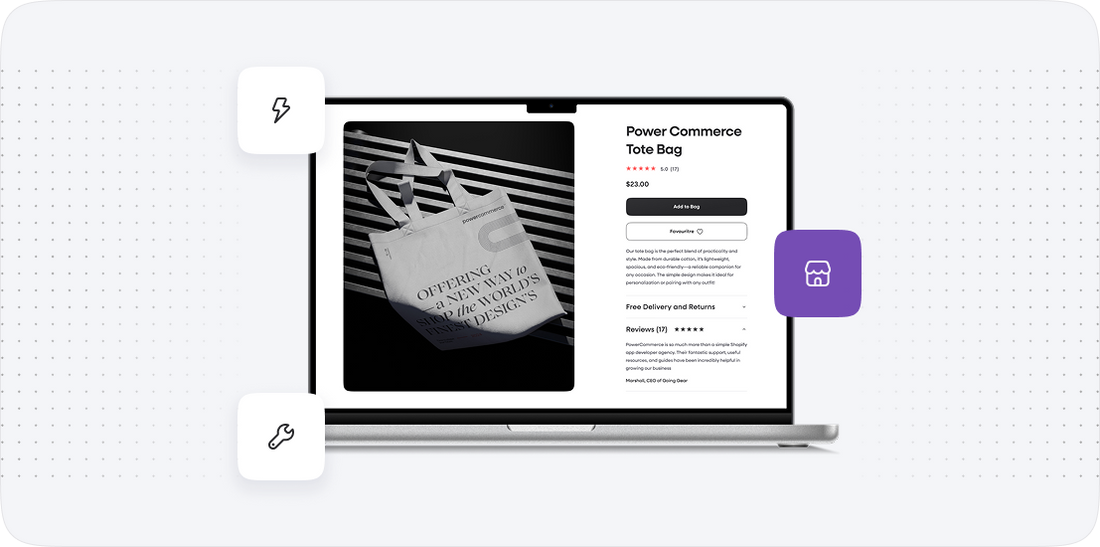
Step 3: Importing Data into Shopify
With your Shopify store configured, we can now import the data exported from your NB SHOP store. This step is crucial to ensure that all products, customers, and orders are accurately migrated to your new ecommerce environment.
Shopify provides various methods for importing data, such as using CSV files. Follow these steps to import your data:
- Navigate to the Products section in your Shopify admin:
- Click on Import.
- Select the CSV file you exported from NB SHOP that contains your product data.
- Click Upload file to begin the import process.
- Repeat the process for Customers and Orders:
- Go to the Customers section, click Import, and upload the relevant CSV.
- For Orders, navigate to the Orders section and repeat the import process with the order CSV file.
- Once all data is imported, check for any discrepancies or errors in the imported records. This ensures that all information is accurate and complete.
By effectively importing your data, you are laying the groundwork for a fully functional online store on the Shopify platform. Make sure to verify that all products are listed correctly and that customer data aligns with your expectations.
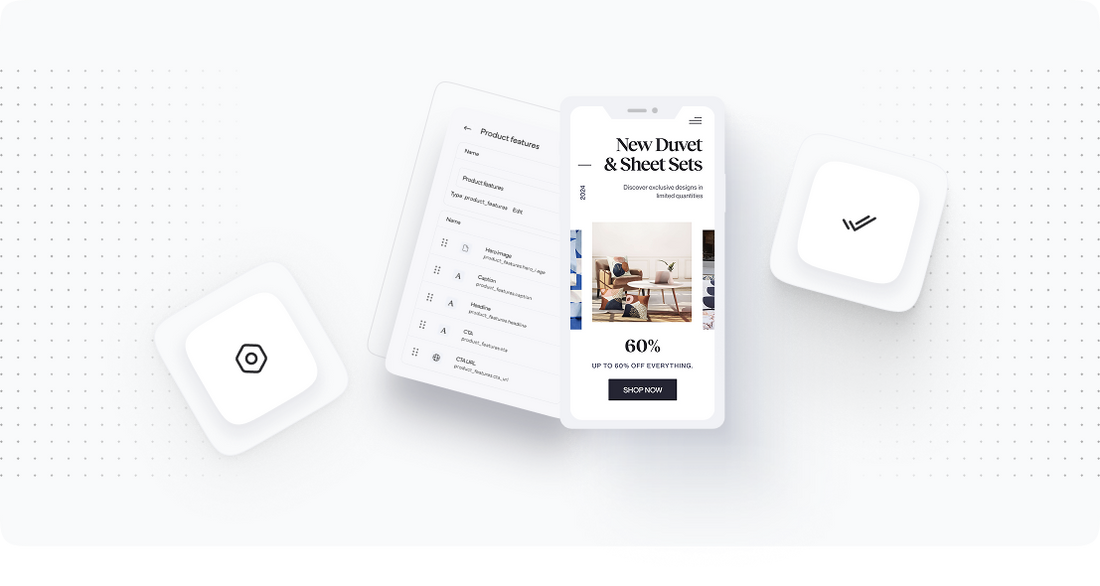
Step 4: Configuring Storefront and Theme
Once your data is successfully imported into Shopify, the next step is to configure your storefront. The design and feel of your online store are crucial for customer engagement, so choosing the right theme is essential.
Shopify offers a variety of free and paid themes that can be customized to fit your brand's aesthetic. Here's how to select and set up a theme:
- In your Shopify admin, navigate to Online Store → Themes.
- Explore the Shopify Theme Store to find a theme that matches your brand's style:
- Look for themes that support features you need, such as product galleries, mobile responsiveness, and customizable layouts.
- Once you have chosen a theme, click on Install or Add to apply it to your store.
- Customize the theme by clicking on Customize next to your selected theme. Here you can:
- Adjust the layout and design elements.
- Add your logo and choose color schemes.
- Set up navigation menus and footer links.
- Preview your storefront to see how it looks before making it live.
Customizing your storefront not only enhances brand visibility but also improves user experience, which is vital for increasing conversions.
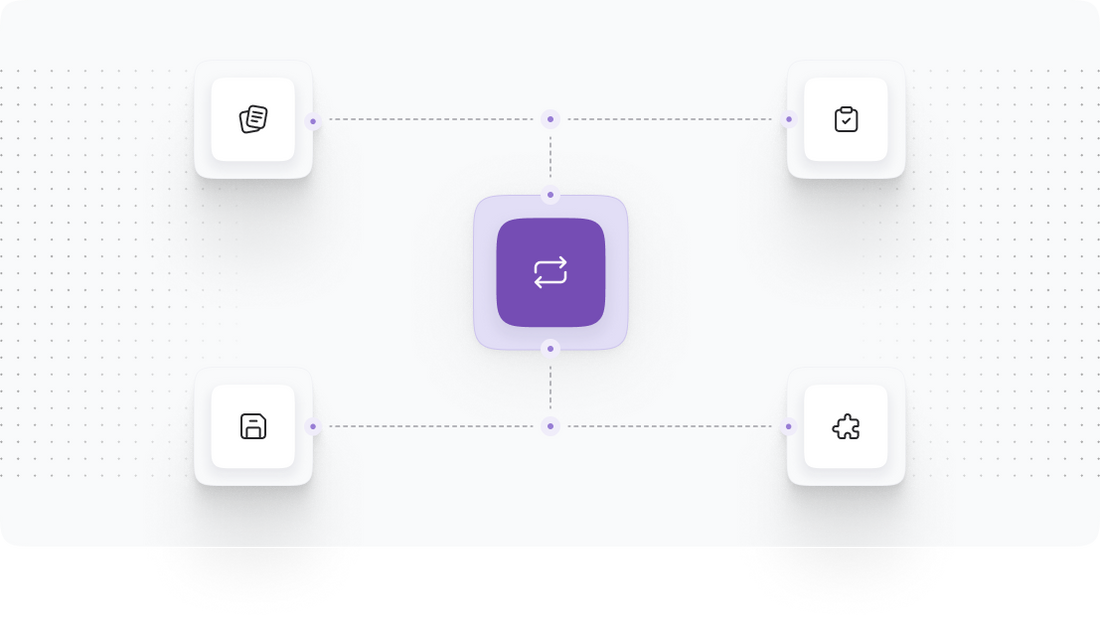
Step 5: Setting Up Apps and Integrations
With your storefront designed and your products imported, it’s time to enhance your Shopify store's capabilities through the use of apps and integrations. Shopify's App Store is filled with a wide range of tools designed to optimize various aspects of your ecommerce operations.
To set up apps, follow these steps:
- In your Shopify admin, go to Apps and click on Visit Shopify App Store.
- Browse or search for apps that meet your business needs. Consider the following categories:
- Marketing (SEO tools, email marketing)
- Inventory management
- Customer support (live chat, ticketing systems)
- Shipping and fulfillment
- Select an app, click on Add app, and follow the instructions to install it.
- Configure each app according to your requirements. This often involves linking accounts (e.g., connecting to your email marketing service) and setting preferences.
By integrating essential apps, you enhance your store's functionality and create a better shopping experience for your customers. This step is critical in ensuring that you can manage your store effectively and drive sales.
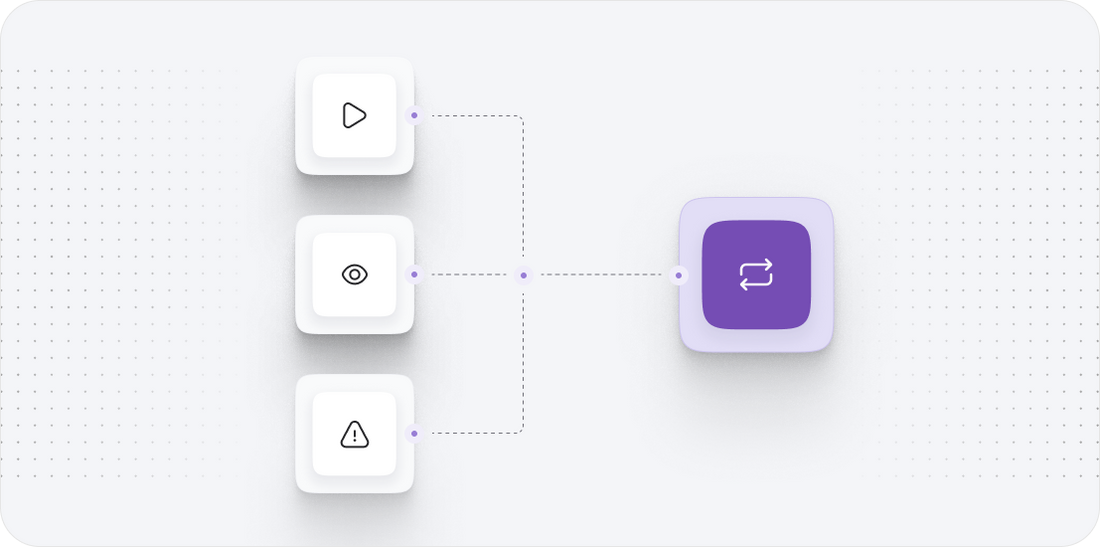
Step 6: Testing Your Shopify Store
Before officially launching your new Shopify store, it is essential to conduct rigorous testing to ensure that everything is functioning correctly. This step helps identify any potential issues that could affect customer experience and sales.
Here’s how to perform effective testing:
- Check product pages for accuracy:
- Ensure all product images, descriptions, and prices are displayed correctly.
- Verify that variants (if applicable) are functioning as expected.
- Test the checkout process:
- Add products to the cart and proceed to checkout.
- Complete a test transaction using a sandbox payment method (Shopify provides this option).
- Confirm that order confirmations and emails are sent correctly.
- Verify integrations:
- Check that all installed apps are functioning as intended.
- Ensure that your payment gateways are correctly processing payments.
- Conduct a mobile responsiveness test:
- Access your store using various devices (smartphones, tablets) to ensure the layout adapts appropriately.
This comprehensive testing process is essential to ensure that your Shopify store is ready for launch. By addressing any issues beforehand, you can provide a smooth shopping experience for your customers from day one.
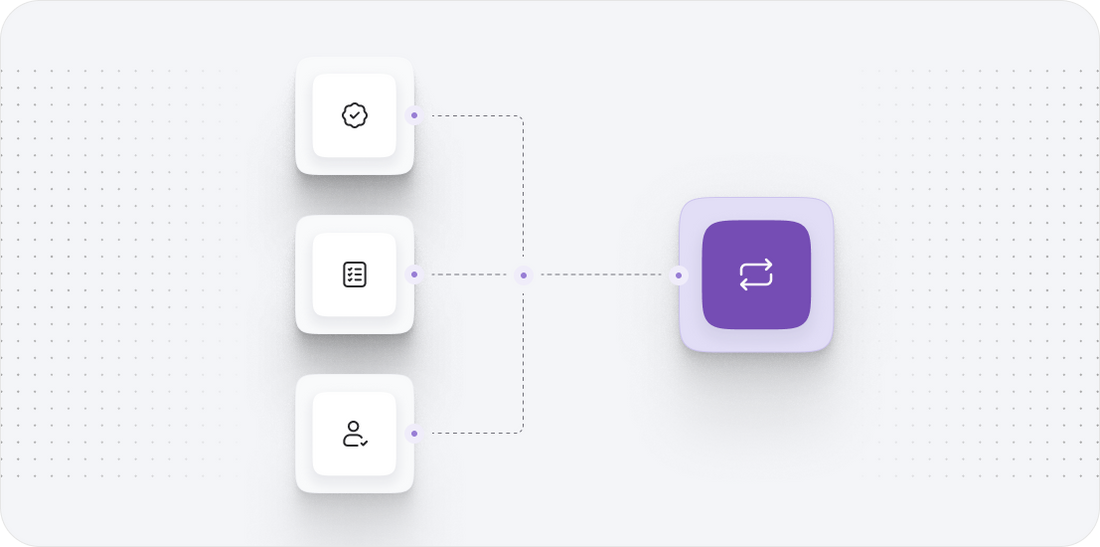
Step 7: Launching Your Shopify Store
With everything set up, tested, and ready to go, it’s time to officially launch your Shopify store! This is an exciting moment, as it marks the culmination of your migration efforts.
Follow these steps to ensure a smooth launch:
- Remove the password protection on your Shopify store:
- In your Shopify admin, navigate to Online Store → Preferences.
- Scroll down to the Password protection section and disable the password.
- Set up URL redirects to ensure that any links to your old NB SHOP store lead to your new Shopify store:
- In your Shopify admin, go to Online Store → Navigation.
- Click URL Redirects and set up redirects for important pages (e.g., homepage, product pages).
- Announce the launch to your customers:
- Send out an email announcement to your customer base.
- Promote the launch on social media platforms.
After launching your store, monitor its performance closely during the initial days to address any customer inquiries or issues promptly. This proactive approach will help you ensure a successful transition to Shopify and maintain high customer satisfaction.
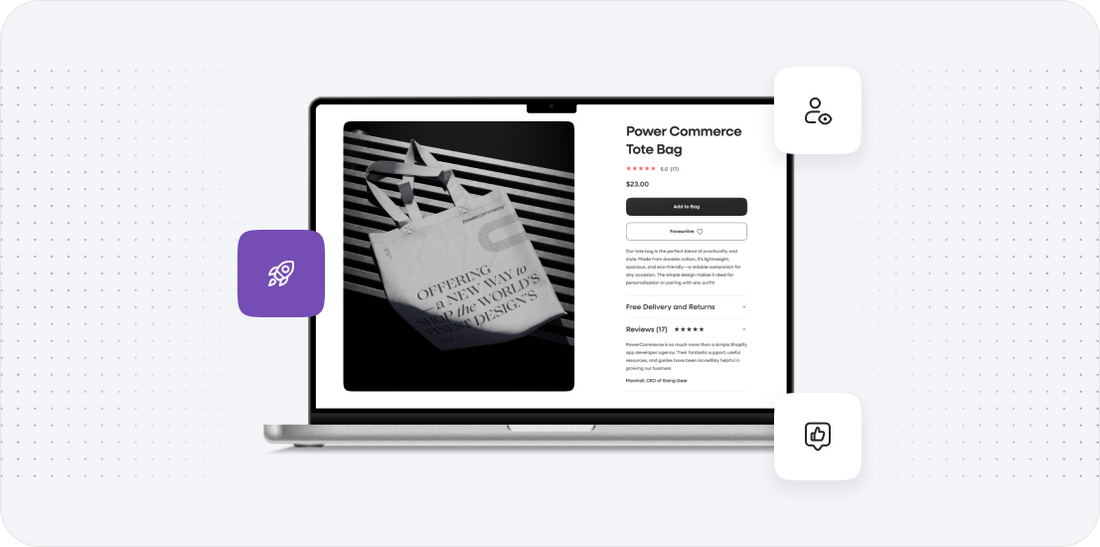
Power Your Step - Get in Touch
Power Your Step - Get in Touch
Are you ready to take your ecommerce store to the next level with a seamless migration from NB SHOP to Shopify? Our team at PowerCommerce is here to help! With our expertise in ecommerce migrations, we ensure that your transition is smooth, efficient, and tailored to your business needs.
Don’t hesitate to reach out to us to discuss your migration needs and explore how we can support your growth:
- Visit our contact page to fill out our inquiry form.
- Call us directly at 800-099-9090.
- Email us at info@powercommerce.com for any questions or detailed inquiries.
At PowerCommerce, we are committed to providing innovative solutions, superior customer service, and a risk-free consultation process. Let’s power your ecommerce success together!
Stay aligned on what's happening in the commerce world
Trusted by 1000+ innovative companies worldwide
Schedule Your Migration Today
For businesses prioritizing simplicity, scalability, and robust support, Shopify is the clear winner.
Looking to migrate without hassle? Power Commerce can handle the entire process, ensuring smooth data transfer, store setup, and post-launch success.
Marka Marulića 2, Sarajevo, 71000 BiH
00387 60 345 5801
info@powercommerce.com


